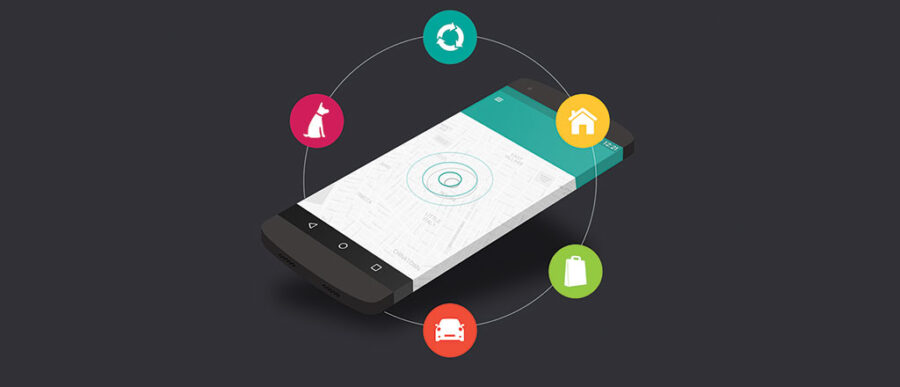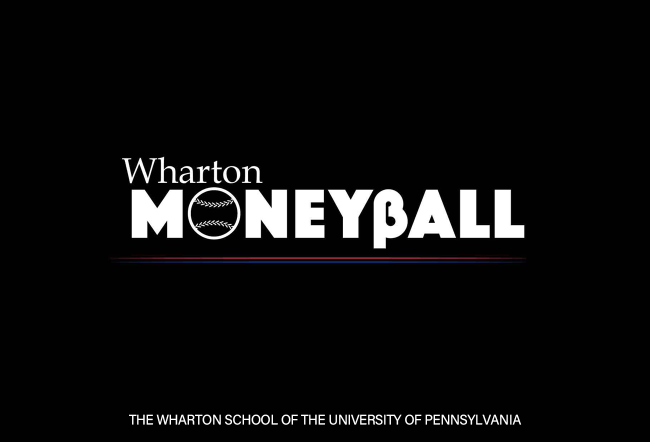People have been sharing things with each other for millennia, and yet for the first time, this ancient form of exchange is transforming commerce through technology. Call it the sharing economy or the light-asset economy, it is disrupting traditional business practices and provoking countermoves, particularly in the regulatory sphere. Whether all this sharing is as good for the environment as it would seem remains to be proven. But although some roadblocks may be thrown up, it’s already clear that the sharing economy is here to stay. In this special report, sponsored by Rubicon, Knowledge at Wharton teamed up with the Wharton Initiative for Environmental Leadership to look into some of the key issues around this growing trend.
Contents
The Sharing Economy: A New Way of Doing Business
Two forces are fueling the sharing economy. First, today’s marketplace is filled with goods (like the cars that sit idle more than 90% of the time) and services that offer buyers more capacity than they can use. At the same time, recent advances in technology have made this excess capacity simple and easy to share on a previously unimaginable scale. Companies can now become brokers for what once was wasted.
The Sharing Economy Spills into New Markets
Investment capital is pouring into the new sharing economy and tiny startups are springing up everywhere. Those that are first and fastest to occupy a particular niche tend to prosper, quickly attracting and locking up business before competitors can interfere. Among those competitors are traditional heavy-asset companies that are turning to regulators for help.
How Green is the Sharing Economy?
It’s intuitive: Sharing resources must be good for the environment. And yet, a lack of hard data has made it difficult to quantify these benefits. But some advantages are already clear as sharing companies green the planet in unanticipated ways: a traffic app that uses crowdsourcing to reduce congestion reduces emissions from cars; open online collaboration streamlines invention of green technology; and at the end of the consumption cycle, data-rich, light-asset garbage collection is helping divert waste streams from landfills to new-product revenue streams.



